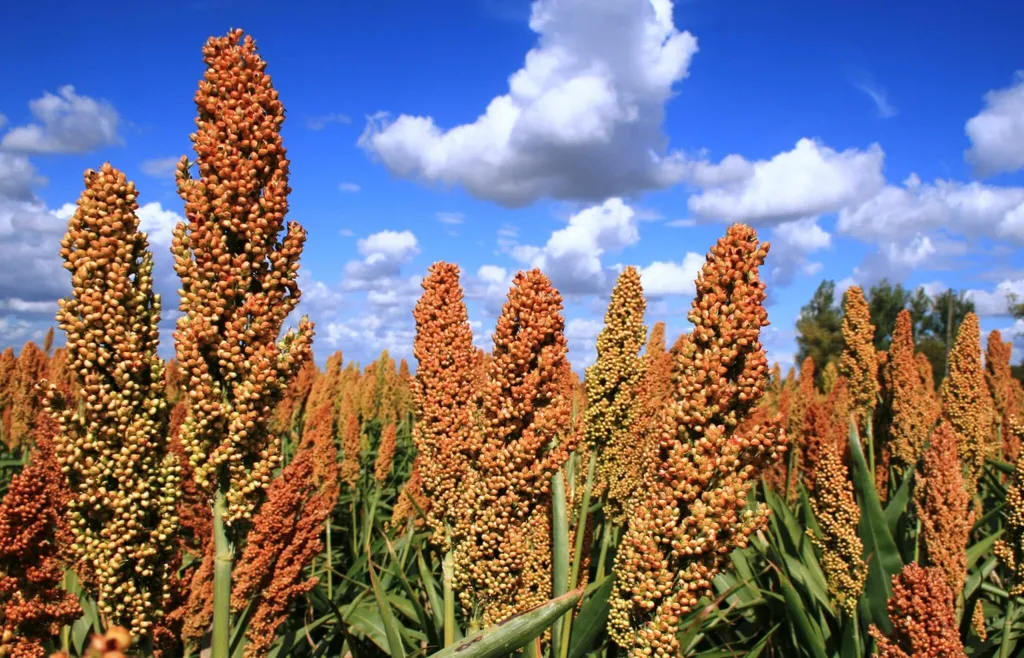In the face of escalating climate uncertainty, sorghum—a hardy staple crop—is gaining attention for its potential to bolster food security in arid and semi-arid regions. A recent study published in *Crop Design* sheds light on the current state of sorghum research, highlighting critical gaps and offering insights into climate-resilient strategies that could reshape the agricultural landscape.
The study, led by Eliakira Kisetu Nassary from the Sokoine University of Agriculture in Tanzania, systematically reviewed existing literature to identify patterns in adaptation strategies, production challenges, and future research directions. The findings reveal a patchwork of regional disparities in research focus, with long-term data notably lacking from the Middle East, Latin America, and Eastern Europe. This disparity underscores the urgent need for region-specific data collection and localized solutions.
One of the most compelling findings is the effectiveness of broad bed furrows in improving soil water retention, a practice that could significantly enhance sorghum yields in water-scarce environments. However, the study also notes that delayed sowing can lead to yield declines, emphasizing the need for precise timing in agricultural practices. “Improvements in soil water retention with broad bed furrows, along with yield declines under delayed sowing, highlight the delicate balance between agronomic practices and environmental conditions,” Nassary explains.
The research also underscores the importance of farmer-led innovations and better institutional coordination. By promoting interdisciplinary studies that link climate projections with the adoption of new technologies, the study suggests a pathway to more resilient and sustainable sorghum production. This approach not only addresses immediate production challenges but also aligns with broader goals of climate-smart agriculture and sustainable input strategies.
For the agriculture sector, these findings could have profound commercial implications. As climate change continues to disrupt traditional farming practices, the adoption of climate-resilient strategies could open new markets and opportunities for sorghum producers. The study’s emphasis on localized, farmer-centred innovations could also drive the development of new agricultural technologies and practices tailored to specific regional needs.
Moreover, the study highlights the need for better policy-practice alignment. By bridging the gap between research and implementation, policymakers and agricultural stakeholders can foster an environment that supports scalable and inclusive agricultural development. This alignment could lead to more effective use of resources, improved yields, and enhanced food security in vulnerable regions.
As the agricultural sector grapples with the challenges posed by climate change, the insights from this study offer a roadmap for building a more resilient and sustainable future. By combining agronomy, policy, and social factors, researchers and practitioners can work together to ensure that sorghum remains a cornerstone of food security in the face of rising environmental uncertainty. The study, led by Eliakira Kisetu Nassary from the Sokoine University of Agriculture, published in *Crop Design*, serves as a crucial step in this direction, providing valuable insights that could shape the future of sorghum production and the broader agricultural landscape.

